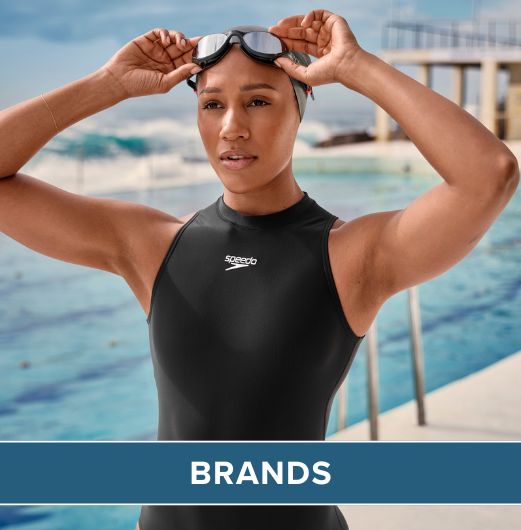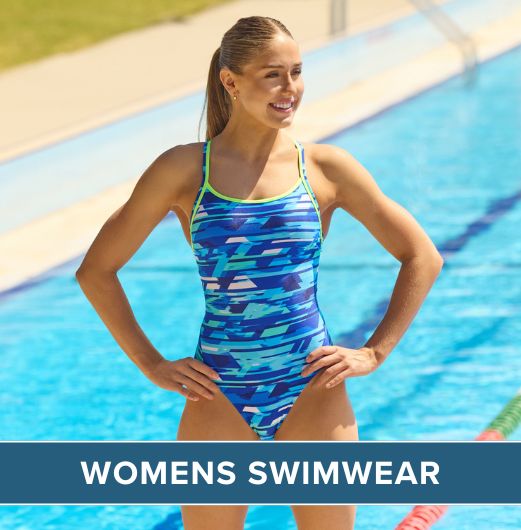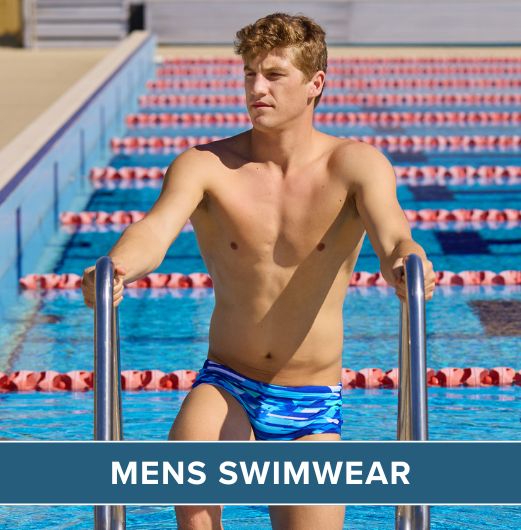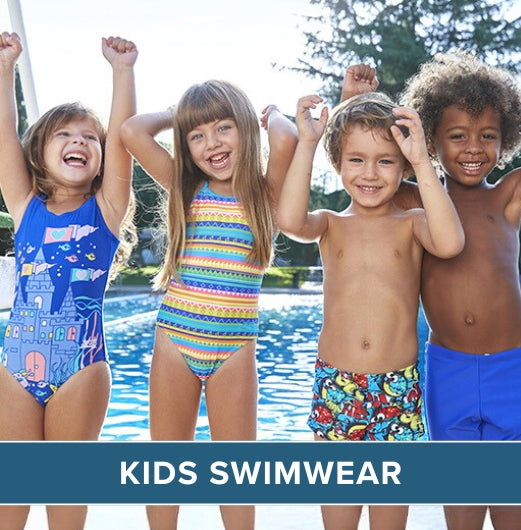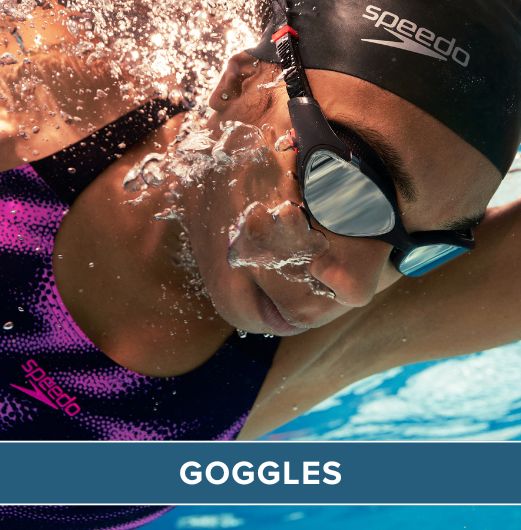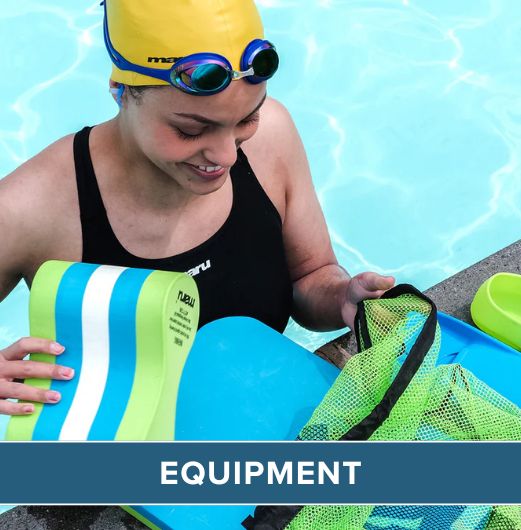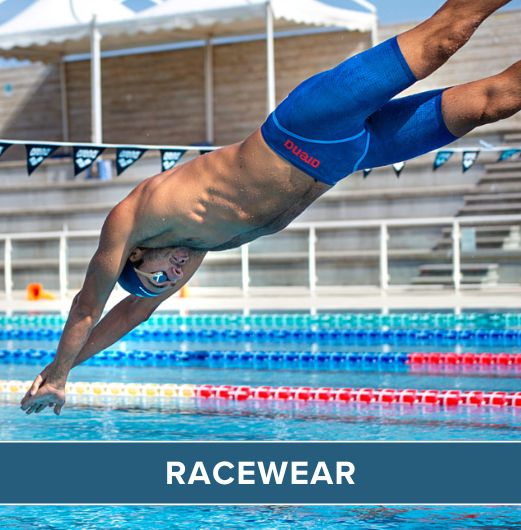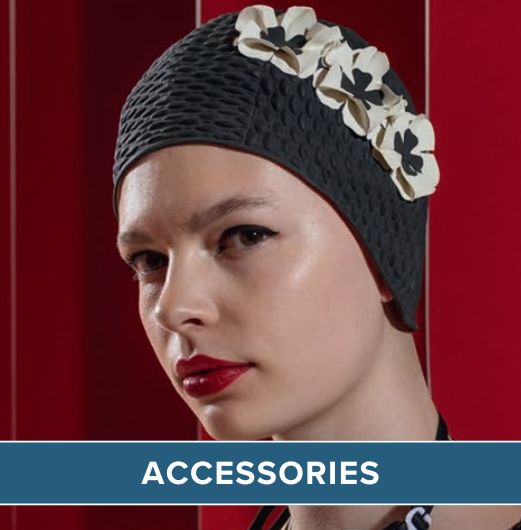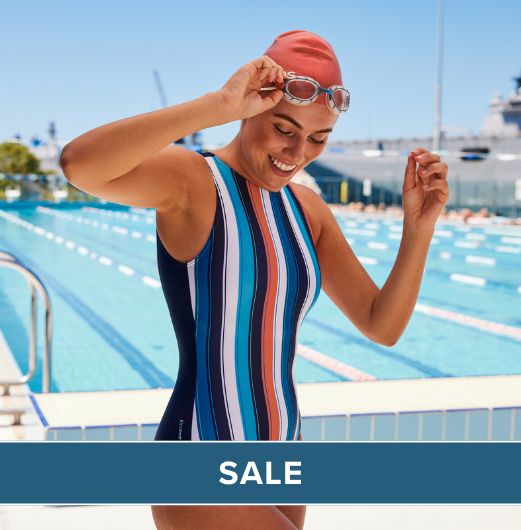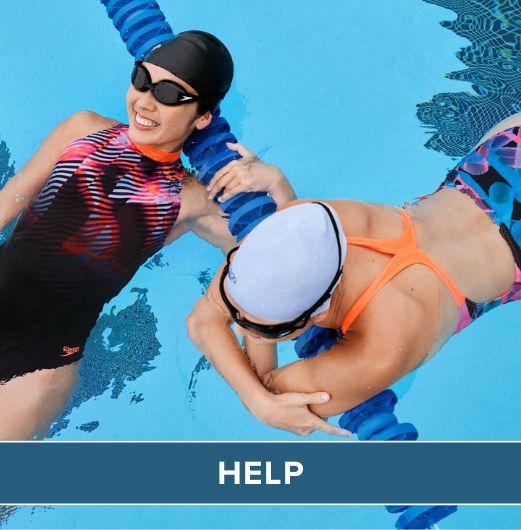When thinking about wetsuits, a common misconception is that surfing wetsuits and triathlon wetsuits are the same. The main difference between the two is simply thickness and speed. Surfing wetsuits aren’t designed to make you faster, but are designed primarily to keep you warm. Swimming wetsuits are designed to make you faster in the water, and are less focused on insulation due to the nature of body temperature when moving quickly in the water as opposed to striding atop a surfboard.
The most important part of choosing your Zone3 wetsuit for your triathlon, is making sure you’ve got the right fit. Zone3 triathlon wetsuits are designed to improve your body position in the water and allow for efficient movement while swimming. This is achieved by combining buoyant and flexible neoprene panels into a comfortable, form-fitting suit.

Functions of a wetsuit are:
- To provide additional flotation
- To reduce drag through the water
- To offer a degree of comfort in colder water
Although Zone3 are one of many different wetsuit brands on the market, they’ve gained a lot of industry awards over the past six years due to their products panel design, use of materials and fit. Zone3 products are said to be the best in the industry, which is a massive accolade. They discovered that 80% of their customers actually purchase their products after having already tried on wetsuits from other brands. Their suits are often preferred purely due to feel and fit.
It’s important that you do your own research before making a purchase and don’t get persuaded by price, or brand representation. Every athlete is different, and you shouldn’t rely on a product just because other athletes (even the pros) wear it. Overall, the fit of the product is what’s important, over gimmicky features, price, branding or colour design.
Wetsuit Sizing chart and a Comfort Fit as opposed to a Performance Fit:
When choosing what size suit you need, please remember that you might fit into more than one category or size. Zone3 have put together some guidelines to help you choose the best size:
- Your weight is more critical than your height (in this instance)
- Most athletes who haven’t worn a wetsuit before tend to prefer more of a comfort fit, so if you do, opt for a bigger size
- If you’ve got some experience with wetsuits, and are looking perhaps for a performance fit – opt for the smaller size
See Zone3 sizing charts below.

Putting your wetsuit on:
When putting your suit on, open the zipper and grab the suit from the inside of the crotch and turn the upper body inside out (you should leave the arms the right-way out).
- Remember the zipper goes in the back.
- Start by pulling the legs over your feet while holding on to the inside of the suit and move the legs up your body as much as possible. Depending on how long your legs are you will show 1-15cm of skin above your ankle.
- Once the suit is on over your hips, you may need to adjust the suit further. Being careful not to damage the neoprene with your fingernails, start down low and work the material up the legs until the lower leg seam is across your kneecap and the suit is snug in the crotch.
- Take your time with this and do not put your wetsuit on too quickly as it may result in tearing.
- Once the suit is fitted correctly in the lower body you then can pull it up over your shoulders and arms.
- Once you have got the suit completely on, have someone help you with the zipper. If you’re uncomfortable with this, you can do up the zipper yourself with the pull cord.
- When doing up the zipper make sure the inner flap along the zipper is not bunching up or folded over.

Determining a good fit
Many people will fit into two different sizes acceptably. Zone3 have the two fits; comfort fit and performance fit. Their entry level suits have a slightly more straight cut around the torso, designed for comfort first and foremost, whereas Performance Fit concentrates more on performance, then comfort second.
The Zone3 Aspire and Vanquish wetsuits have a slightly sleeker cut designed to be compressive around the legs and torso but whilst still maintaining total freedom of movements around the shoulders and arms.
All swimming suits are designed to be tight fitting and have a ‘second skin’ feel to them. Wetsuits are designed to mould better to your body shape once it’s had the chance to have water sink into it.
When determining the right size of suit, it’s important to make sure it’s on correctly. You might be wearing the right size, but it’ll feel too tight or too loose if it’s not being worn properly.
Here are a few more useful tips:
- Remember that you don't need to bend over to touch your toes or do a squat in your wetsuit. The important thing is that you should be able to go through the motion of swimming relatively easily on land.
- Check to see that the suit pulls into your lower back and there is not a big gap. If there is, try bringing the suit higher up on the crotch and bringing the neckline higher. If there is too much excess fabric in any particular area this could mean that the suit is too big and may let water in.
- With your arms extended from your sides (parallel to the ground) the material should be close to your armpits. In this position there should also be some small bumps or folds on the top of the shoulder. If this is not the case, you may need to move the arms of the suit towards your shoulders. To do this, extend one arm over your head and carefully slide the arm of the suit towards your shoulder.
- With your arms extended in front of your chest and crossed at the wrists there should be a minimum of gaping at the neck or billowing in the chest. A small amount of space or folds is expected.
- If you feel that the neck is uncomfortable, try pulling the suit up in the back of the legs, and over your lower body, and around the zipper area. Grab the base of the zipper and work any excess material towards your shoulders. This will relax the fit in the front of the collar. Swimming in a wetsuit can take some time to get used to because the neck material needs to be relatively high in order to ensure water entry is kept to a minimum.
What’s crucial to remember is that your suit will fit at its best when it is wet and will mould to the shape of your body the more you wear it.
 Free Tracked UK Delivery
Free Tracked UK Delivery Hassle Free Returns
Hassle Free Returns Next Working Day OPTION
Next Working Day OPTION Found It Cheaper?
Found It Cheaper?



